“If you are not able to evaluate the existing customer experience, you can’t improve it. Therefore one key DXP feature is Customer Journey Mapping, which allows a comprehensive measurement of customer experience success,” says Phil Dunlop, Regional Director of Sales, EMEA, Progress in an exclusive interview with TalkCMO.
TCMO Bureau: How critical is digital experience management for business leaders as we move into 2022?
Phil Dunlop: As we emerge from the pandemic, changes in life habits and work styles have heightened demand for digital communication with organizations; the need for rapidly delivered products and services, door-to-door, anywhere in the world could not be greater. Consumer expectations are elevated ever further by brands that deliver an enviable digital experience for their competitors to match. To deliver this, technology systems within businesses are gaining in complexity with data analytics, modeling, and insights in order to boost business revenue and outperform rivals.
Many motives for digital transformations are related to delivering an outstanding customer experience, which in turn can build loyalty and boost revenue. Digital experience can mean many things, but its power and intrinsic link to business success cannot be underestimated.
Organizations are under pressure to transform their technology infrastructure to meet these new standards for conducting business and gain in digital maturity; not keeping up could mean being ditched. However, there are so many aspects to the changes digital brings to organizations that business leaders can feel overwhelmed. This is why a Digital Experience Platform (DXP) has become the essential tool for organizations undertaking digital transformation. A DXP links a business’ IT function, business processes, and marketing, but its most critical role is to enable brands to create personalized digital journeys for their customers.
Also Read: Making an Impact on Business with Marketing Efforts
Gartner describes the DXP as “a well-integrated and cohesive set of technologies designed to enable the composition, management, delivery, and optimization of contextualized digital experiences across multi-experience customer journeys.”
Advantages of implementing a DXP include continuous development and continuous delivery, personalization and optimization of content, and analytics to measure the success of campaign strategy. It also enables better integration, the ability to craft a customer journey, marketing automation capabilities, access to AI and machine learning technologies, and real collaboration between digital marketing and DevOps teams.
TCMO Bureau: How can companies keep up with rapidly changing consumer behaviors and technology trends?
Phil Dunlop: In the early stages of an effective digital transformation strategy, it is important for an organization to consider its current and future needs, as well as potential external forces, such as market changes.
Analytics, optimization, and personalization are the most important features of a DXP to keep up with consumers’ changing behaviors. A DXP with integrated analytics, personalization, and optimization will help your marketing team gain complete visibility of all the segments, prospects, and touch points they need to target visitors with impactful content.
It may sound elementary, but multi-language support is also key to success. For true personalization, ensure that users can access all the platform’s features in their chosen language. The DXP should be able to deliver content in the most authentic way for the customer.
Also Read: Three Ways to Center Your Business Around Customer Experience
If you are not able to evaluate the existing customer experience, you can’t improve it. Therefore one key DXP feature is Customer Journey Mapping, which allows a comprehensive measurement of customer experience success.
TCMO Bureau: What should organizations watch out for when choosing/installing a DXP?
Phil Dunlop: In a growing market with many DXP vendors, organizations may be unsure where to start selecting one. While issues such as scale, flexibility, security, and performance usually influence the choice, there are key considerations before purchasing.
Choosing a scalable DXP will support the organization through each stage of its digital maturity. Most organizations’ digital transformation journey is a gradual one, making improvements one phase at a time.
A composable DXP, when the DXP is assembled from a series of best-of-breed solutions, is highly advantageous in order to be able to customize and scale the DXP, integrate third-party tools, and your platform will be able to react to external forces such as market changes. It’s best to beware of monolithic DXPs, which can result in vendor lock-in with their product suite, denying the ability to add vital third-party tools later on.
The usability of the DXP should be prioritized for collaborative working across functions. This will enable the most impactful digital campaigns and programs to be generated faster and on a larger scale. It also frees up the IT team from handling support requests, so they can focus on more relevant projects.
Choose a vendor who offers a DXP that best accommodates your specific business needs and shares your vision and strategic expertise. Working closely with them to agree on evaluation metrics that enable periodical, rather than just annual assessments, will keep projects well on track.
Embracing cloud capabilities will maximize your digital operations in terms of agility and flexibility and will offer the scalability to accommodate traffic peaks. The benefits of cloud deployment are to optimize the management of your environment, which enables the DevOps team to focus on priority tasks.
It’s never worth taking a gamble on minimizing risk. As our lives become ever more digital, cybersecurity is an increasingly critical consideration for all software applications. The DXP needs to interact with a huge variety of connections, including critical systems, and it must offer the most robust levels of cybersecurity and compliance.
TCMO Bureau: Progress’ recent research ‘DXPs need to be less complicated‘ shows that 35% of organizations haven’t implemented a DXP solution because the products available on the market are too complex, expensive, and include features that won’t get used. Share your comments please?
Phil Dunlop: With many DXP offerings on the market, organizations often do not know where to start to find the DXP that best suits their business. The survey conducted by Progress and Pulse found only 12% of marketing and IT decision-makers surveyed have found a DXP that meets their organization’s specific needs – there is a significant list of features to consider when customizing a DXP.
A DXP is a long-term investment rather than a quick fix purchase. Installing one requires giving strategic thought to current and future business needs to maximize long-term success. With the rapidly accelerating technology changes, it can be at first perplexing to know which features are required to find the perfect DXP. The best way to find the right fit is to choose a composable DXP that is easy to use, easy to implement and has in-built security and cloud support. These considerations are significant for organizations that are still on their digital transformation journeys, like those in the mid-market and in industries such as education, healthcare, and financial services.
The practicalities of calculating the total cost of ownership must factor in all additional costs, such as training costs, in order to make the right choice for your organization within your specific industry sector.
[vc_column][vc_tta_tour][vc_tta_section title=”Phil Dunlop ” tab_id=”1602598322051-0408cb00-0e1c”][vc_column_text]
Phil Dunlop is Regional Director of Sales of Progress in EMEA. During his entire career of over 25 years in the software industry, he has helped organizations digitally transform their businesses and get closer to their customers. Through his practical, relationship-driven approach, Phil achieves business success with both internal teams and channel partners. He also has extensive experience in building and coaching high-performing globally distributed teams.
[/vc_column_text][/vc_tta_section][/vc_tta_tour][/vc_column]
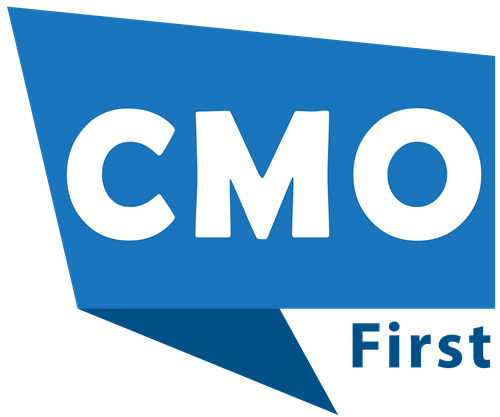










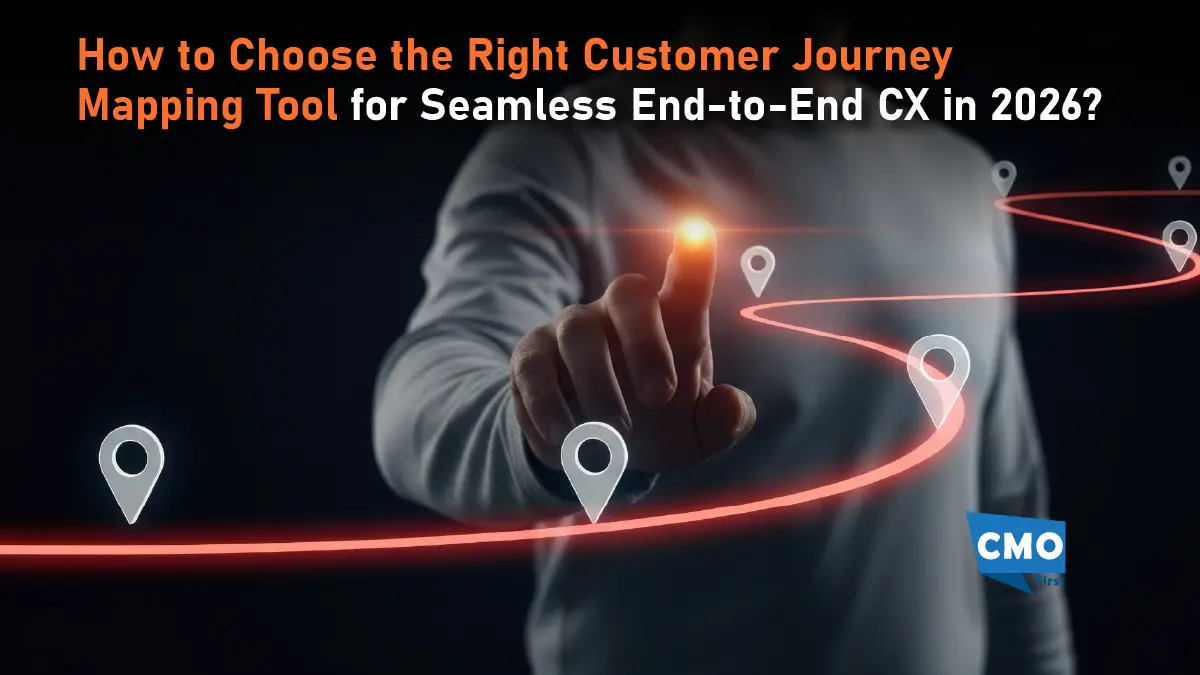
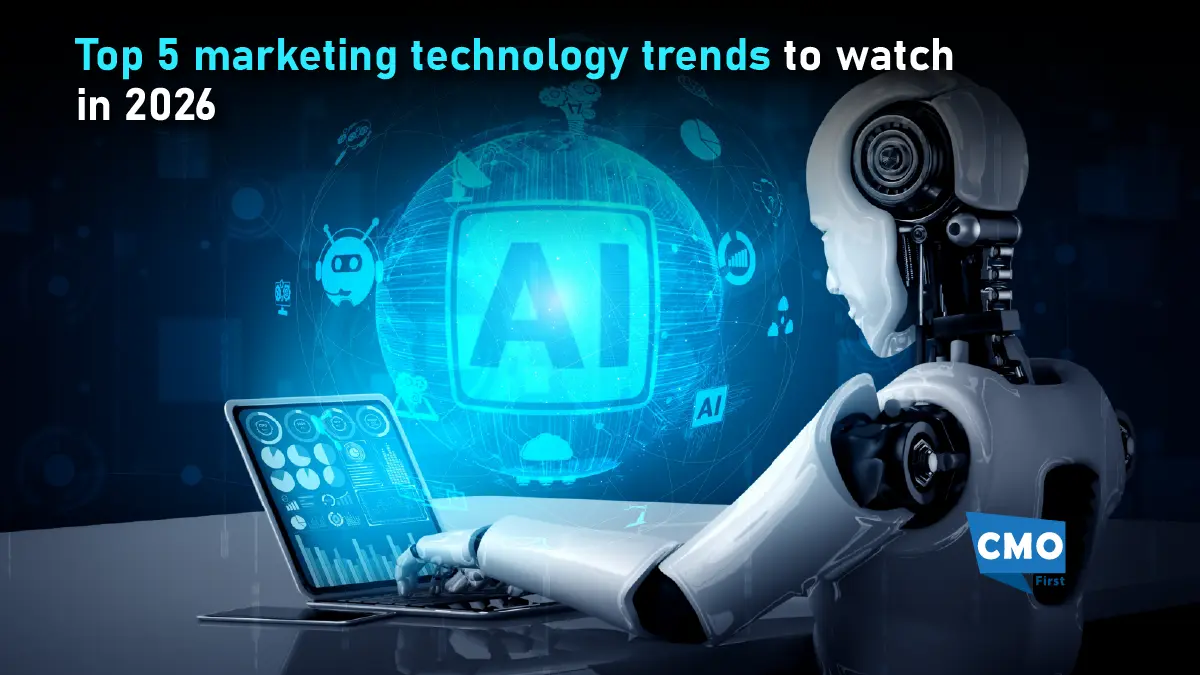
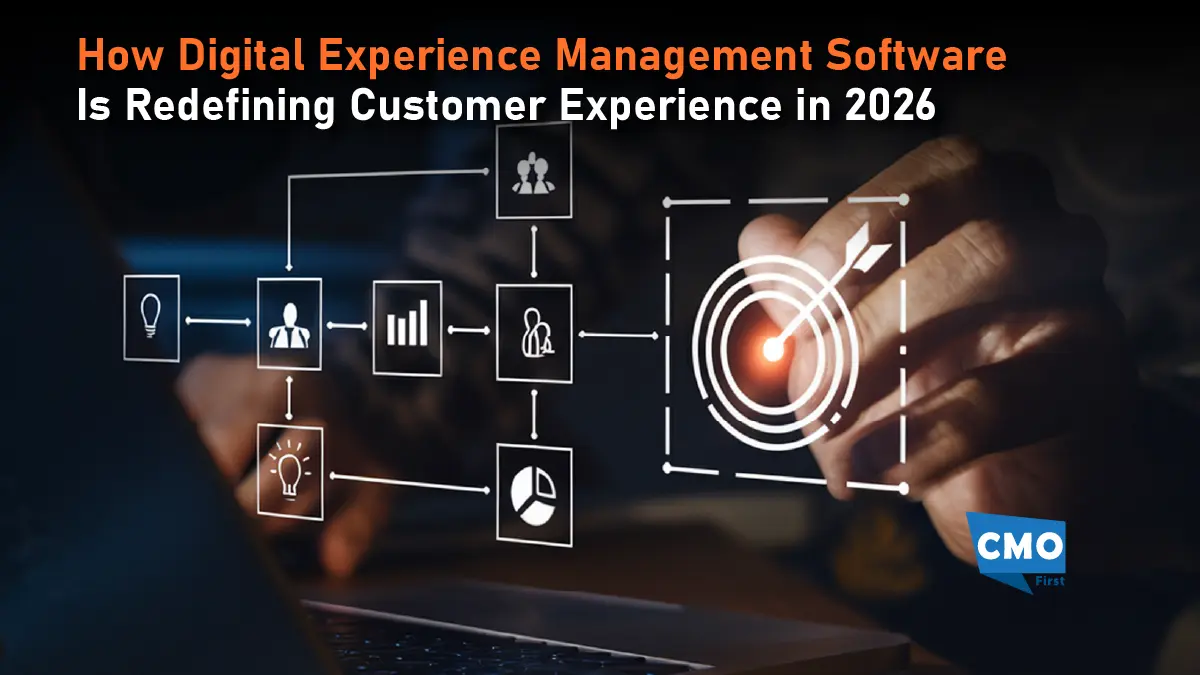
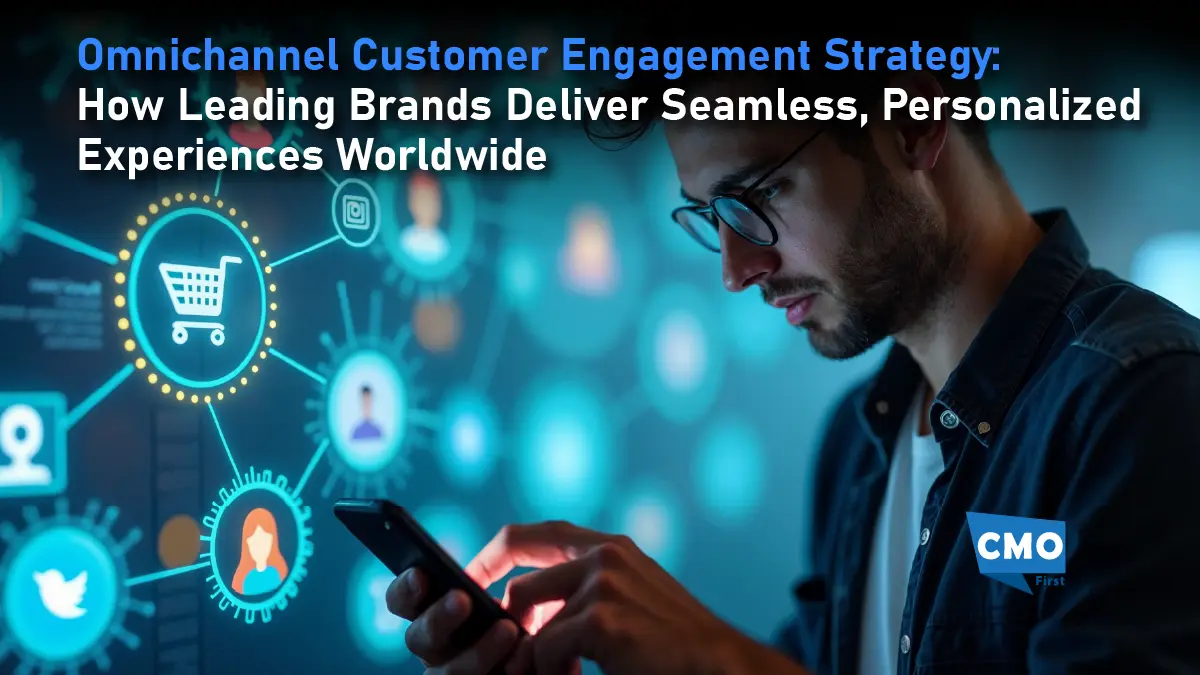
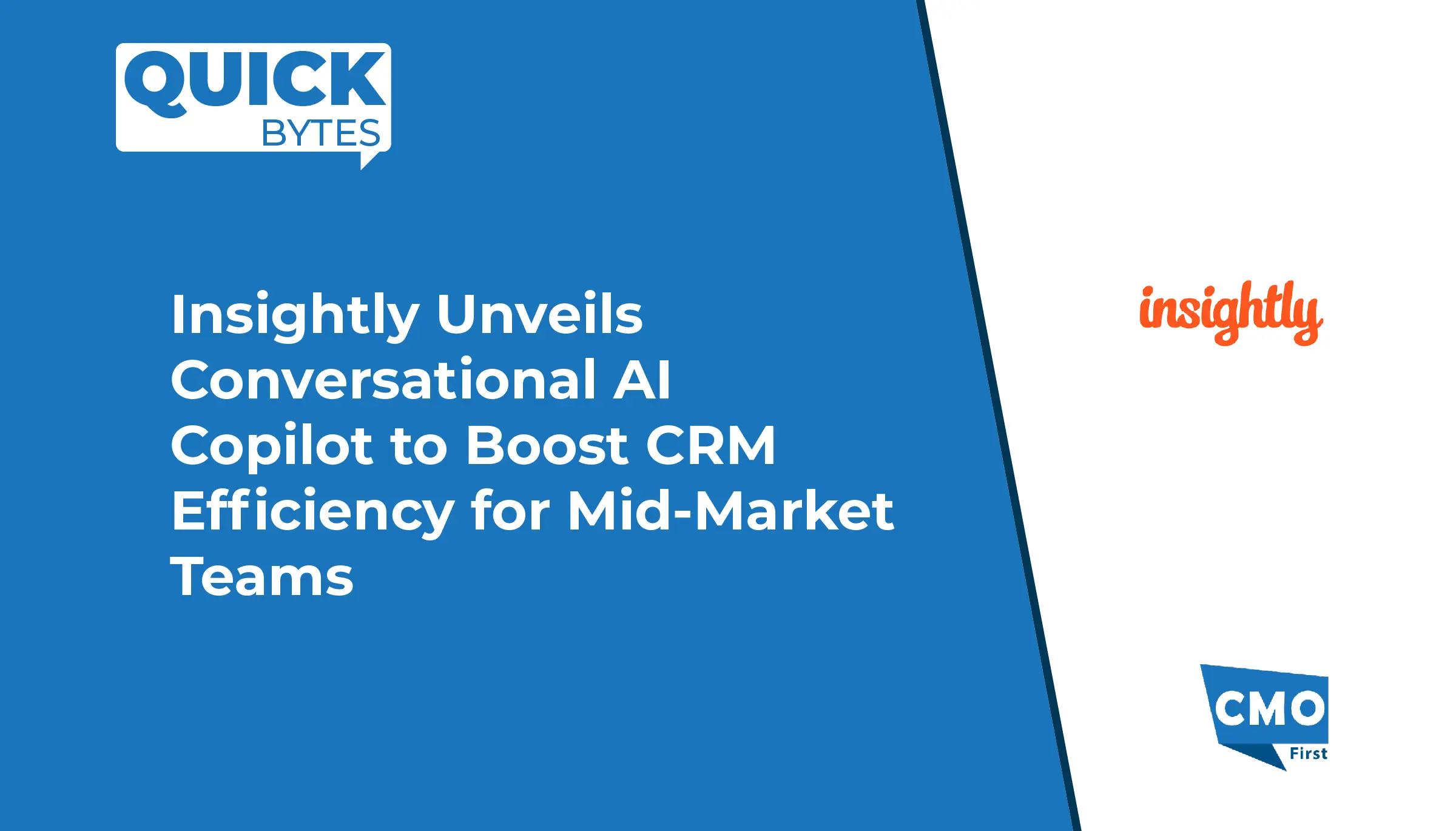

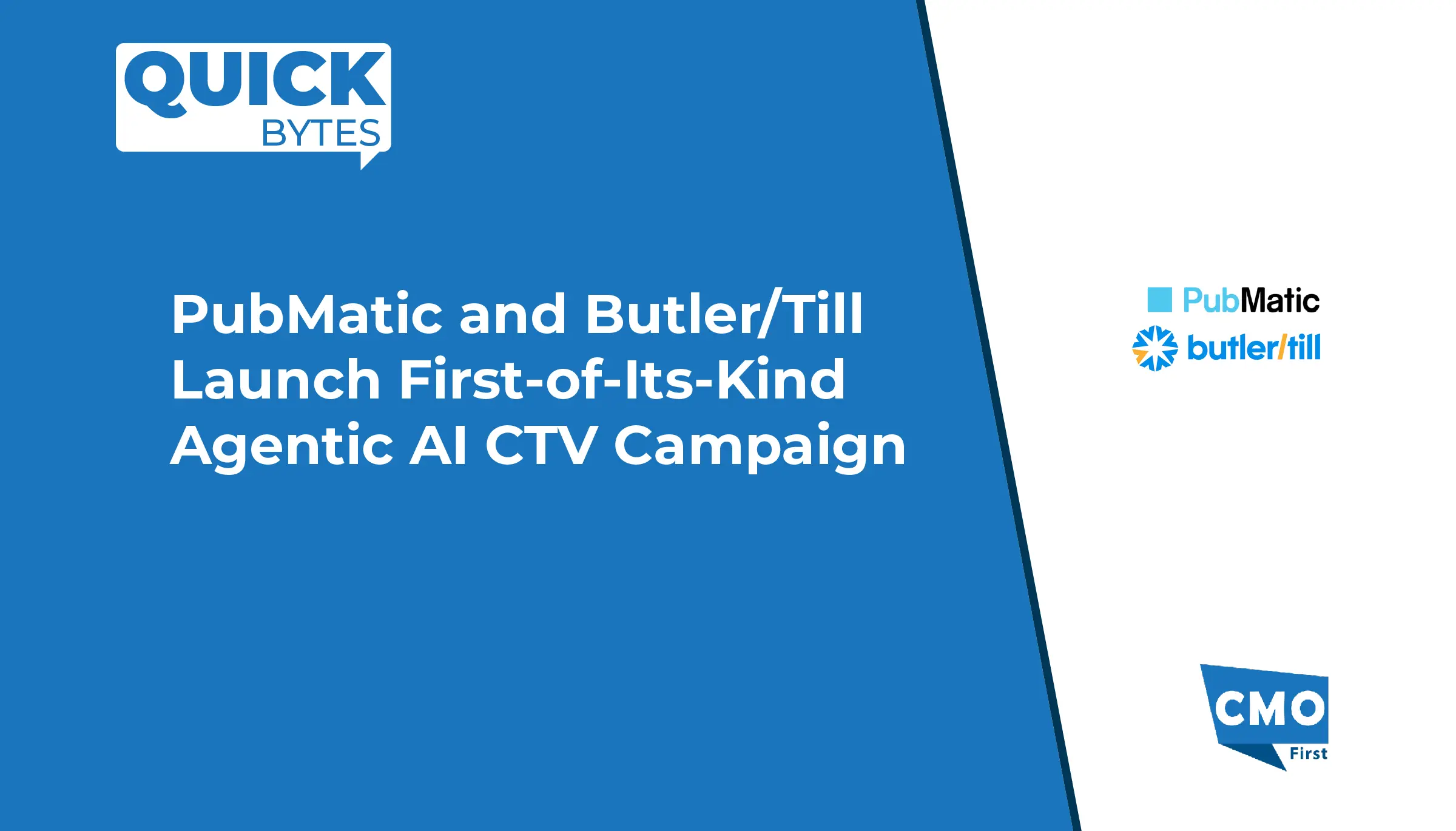
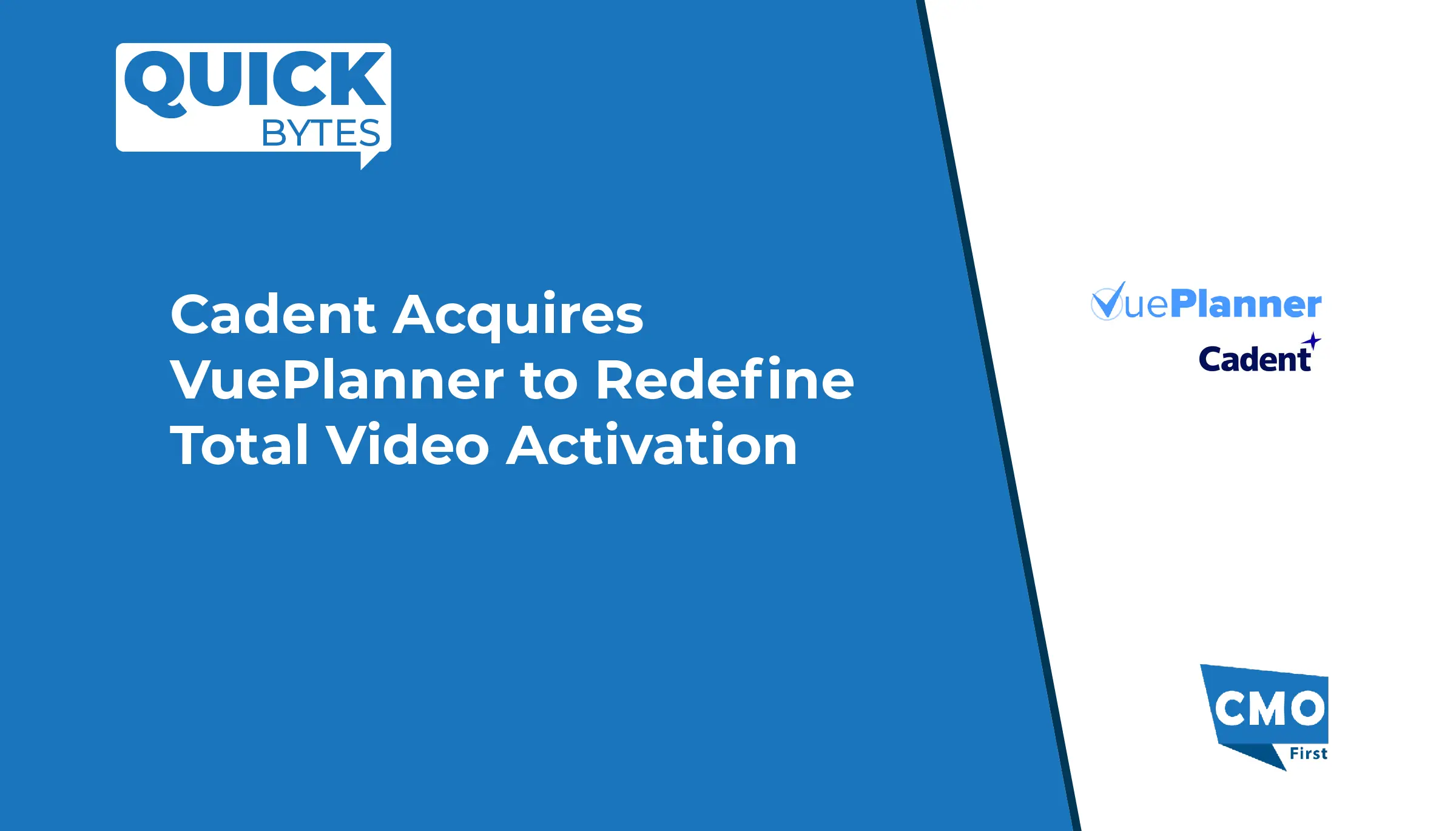




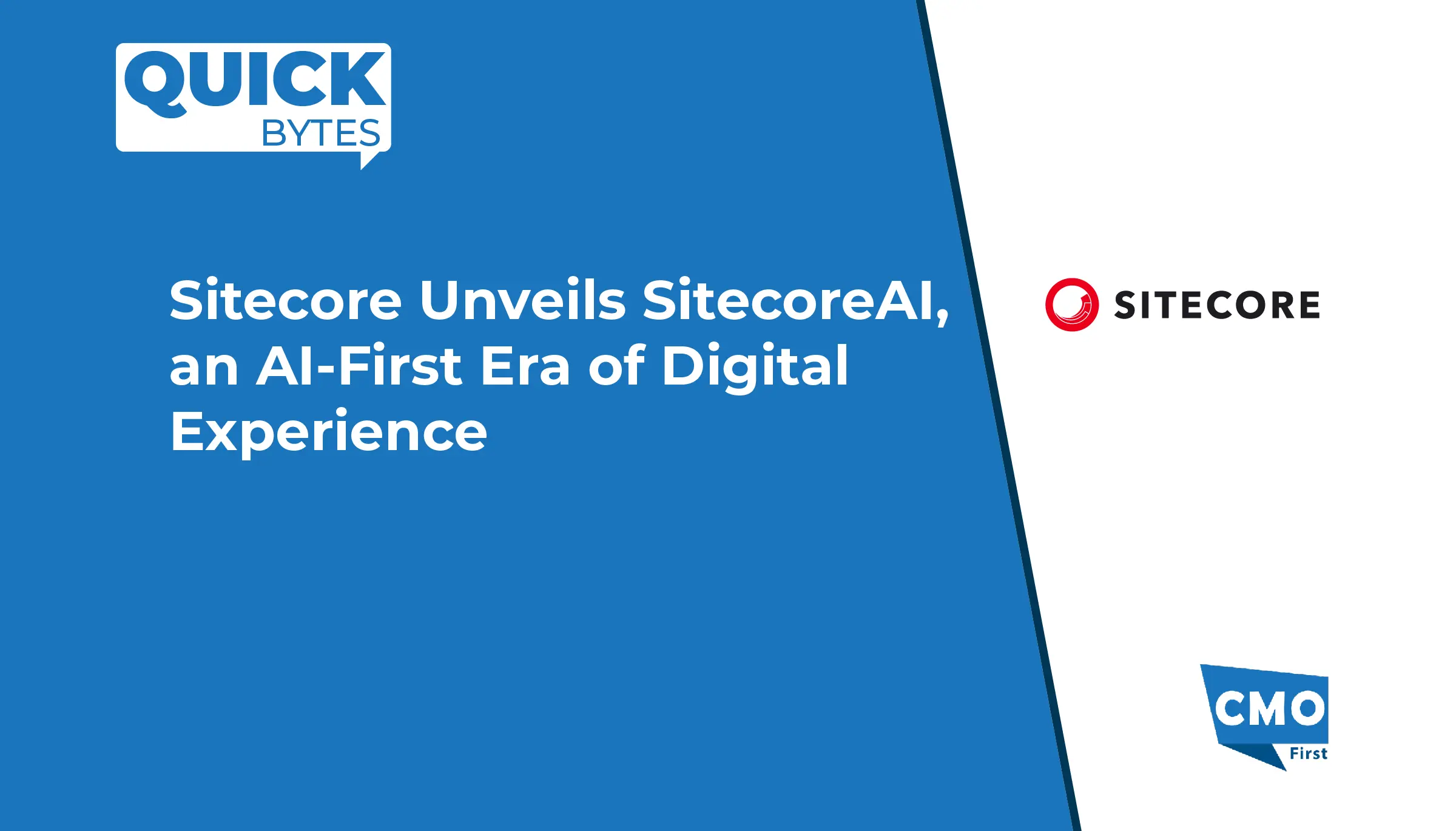


Leave a Reply